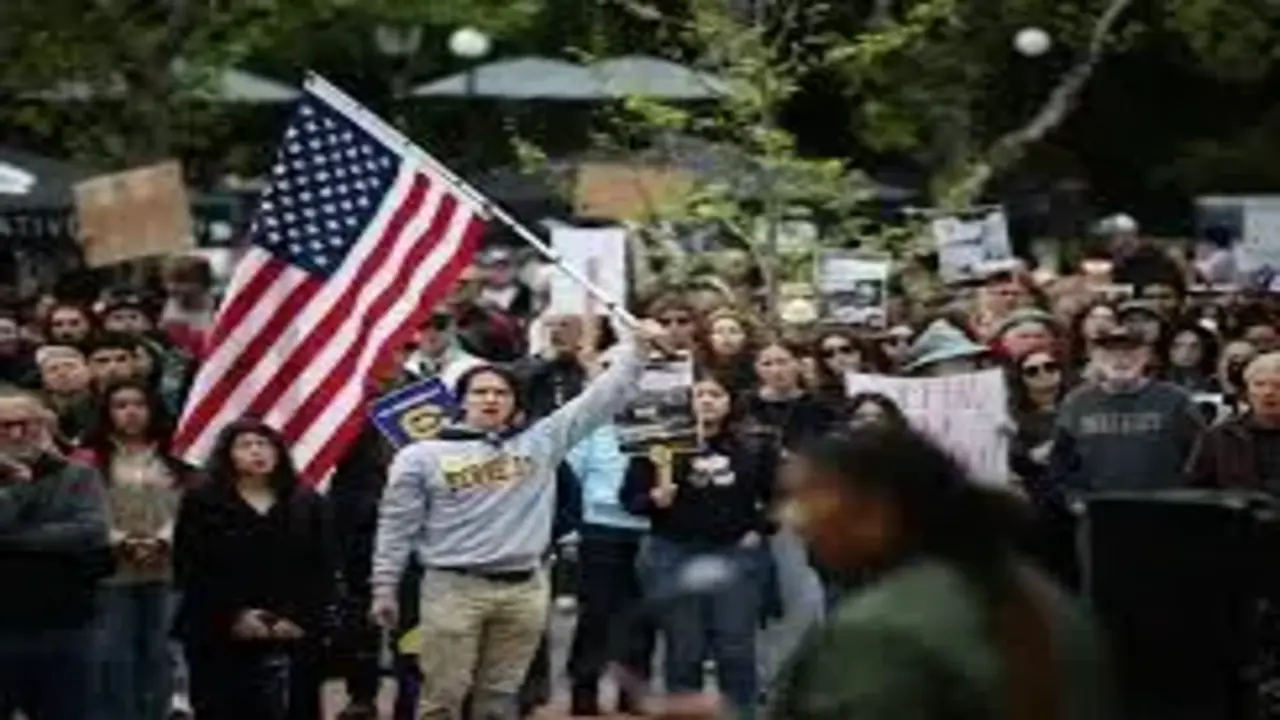Blog
Trump’s New Immigration Policy Hits International Students Hard

Trump Deals a New Immigration Blow to International Students
Former U.S. President Donald Trump has once again ignited global debate with his latest immigration stance, and this time, it directly targets international students. According to Forbes, the new proposal could drastically reshape the U.S. educational landscape. As a result, thousands of students now face uncertainty about their future.
What the New Move Means
The policy introduces stricter visa regulations, shorter stay periods, and tighter post-study work opportunities. For years, international students have considered the U.S. a land of opportunity, offering world-class education and career pathways. However, Trump’s move signals a shift away from this perception. Consequently, it creates roadblocks for students who aspire to build their future in America. Additionally, the policy may affect universities that rely heavily on international talent.
Impact on Global Education Trends
- Decline in U.S. Appeal: Countries like Canada, the U.K., and Australia could benefit as students seek more welcoming environments. Similarly, these nations may attract highly skilled individuals who previously chose the U.S.
- Brain Drain Reversal: Talented students might choose to remain in their home countries or migrate to nations with friendlier visa systems. In contrast, the U.S. risks losing critical human capital.
- University Setback: U.S. universities, which depend heavily on international enrollment, may experience financial and cultural losses. Furthermore, a decrease in diversity could affect academic innovation.
Reactions and Criticism
Critics argue that such policies contradict America’s long-standing image as a global hub of innovation and diversity. Moreover, education experts warn that discouraging international talent could harm the U.S. economy in the long run. Specifically, fields like science, technology, and healthcare, where skilled immigrants play a key role, may face workforce shortages. In addition, the global perception of U.S. higher education may suffer.
The Bigger Political Picture
For Trump, immigration has always been a defining issue. By taking a hard line on international students, he reinforces his broader “America First” agenda. While this approach may appeal to certain voters, it risks alienating academic communities and international partners. Notably, this policy could influence U.S. relations with countries that send large numbers of students abroad.
What’s Next?
International students are watching closely, and many may reconsider U.S. universities for upcoming intakes. Meanwhile, policymakers and institutions scramble to provide clarity and guidance. Ultimately, whether this proposal becomes law or stalls in political debate will shape the next few years of U.S. higher education. Therefore, students, universities, and governments must stay alert to changes in visa regulations.
